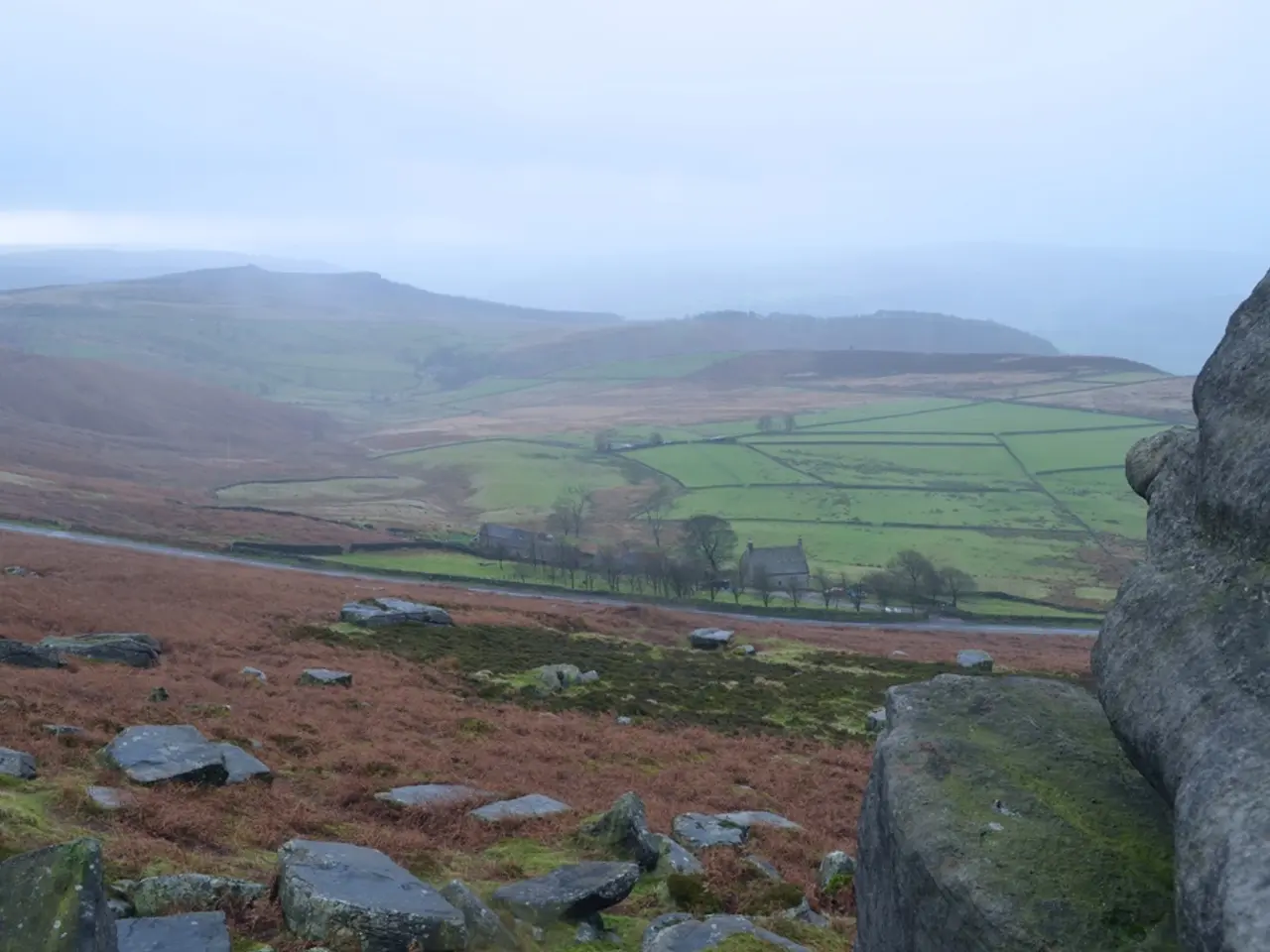Migratory journey of wildebeests raises worries about excessive tourist traffic
In the heart of East Africa, the Masai Mara nature reserve is a spectacle that never ceases to amaze visitors. This year, over 1.5 million wildebeest, accompanied by hundreds of thousands of zebras and antelopes, are crossing the Mara River as part of the annual migration, a natural event that draws crowds from around the world.
However, as the popularity of the Masai Mara as a luxury destination grows, so do concerns about overtourism and its impact on the ecosystem. Criticism of the behavior of some tourists has been growing, with concerns that their actions could harm the delicate balance of the ecosystem.
To ensure ethical wildlife photography during this incredible event, strict guidelines have been put in place. These principles, managed by the Kenya Wildlife Service (KWS) and local conservancies like Olare Motorogi, focus on minimizing disturbance to animals and the environment, complying with conservancy rules, and respecting other visitors and guides.
First and foremost, photographers are required to maintain a safe distance from animals, especially during sensitive times such as migration crossings or predator interactions. Off-road driving is generally prohibited, and certified guides and designated vehicles are required to minimize habitat disruption.
The Masai Mara National Reserve and associated conservancies like Olare Motorogi have strict visitor codes of conduct, including limits on the number and behavior of vehicles and guides in critical zones to preserve natural animal behavior and reduce overcrowding.
Eco-friendly policies are also incorporated in camps such as Mahali Mzuri, promoting fewer camps and responsible tourism practices as part of the broader ethical framework.
Respect for local communities and fellow tourists is equally important. Maintaining decorum around Maasai communities and cooperating with guides and other tourists ensures a respectful and shared safari experience.
For visitors joining guided photography tours in the Masai Mara, expert drivers and guides usually brief tourists on these guidelines to ensure adherence while maximizing photographic opportunity.
However, recent incidents have sparked sharp reactions. A video from the Serengeti recently caused concern, with Tanzania's national park authority, Tanapa, expressing disapproval. The specific details of the video are not specified, but the behavior of some tourists has been a cause for criticism.
The cost of a 12-hour visit to the Masai Mara nature reserve during peak season has increased to 200 US dollars, reflecting the growing demand and investment in luxury camps within the reserve. Despite these concerns, the wildebeest migration remains a popular attraction for visitors to East Africa.
For those planning a visit, it is recommended to contact Kenya Wildlife Service or tour operators directly for the precise official regulations. Adhering to these guidelines not only ensures a responsible and respectful safari experience but also contributes to the preservation of this incredible natural spectacle for future generations to enjoy.
- Economic and social policy in the Masai Mara has evolved to address the growing concerns of overtourism, implementing stricter regulations and promoting sustainable, eco-friendly practices in tourism.
- The incorporation of environmental-science principles in the Masai Mara's wildlife reserves and eco-friendly policies in camps like Mahali Mzuri aim to preserve the delicate ecosystem and ensure a minimal impact on the environment.
- During their visit, tourists should consider adopting a lifestyle that respects local communities, fellow travelers, and the environment, as this not only enhances their experience but also contributes to the conservation of the Masai Mara's unique wildlife and natural beauty.




